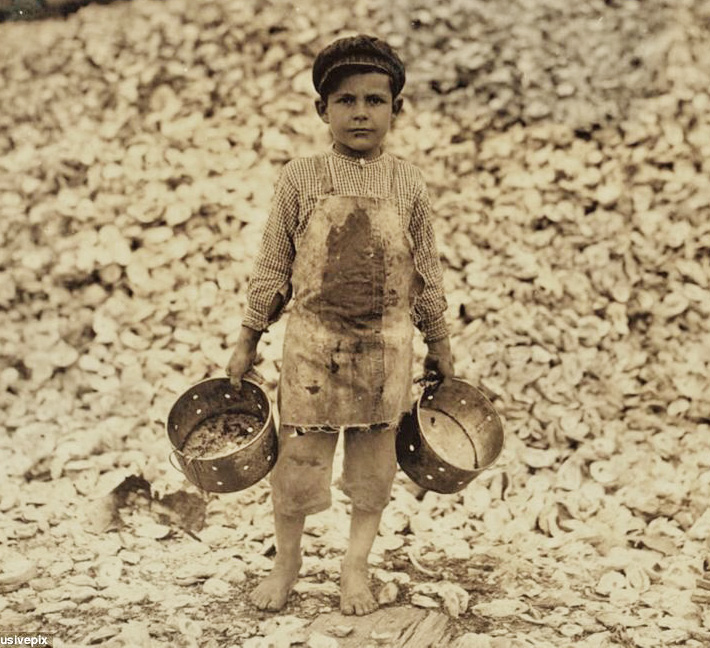Philippe Petit offers us a glimpse of what’s possible
It’s 1974. A man has decided he’s going to walk across a wire stretched a quarter of a mile in the air between the Twin Towers of New York City’s World Trade Center. As he does it, pedestrians below gawk in awe. An entire city swoons. Wire-walker Philippe Petit becomes an international celebrity for performing what many called the artistic crime of the century.
Forty-one years later, Petit’s feat is the subject of director Robert Zemeckis’s 3-D spectacular, “The Walk,” starring Joseph Gordon-Levitt as Petit. The film, which hits theaters this weekend, puts audiences right there on the wire with Petit, and is a powerful reminder that even the most perilous feats can be accomplished one careful step at a time.
And indeed, when we interviewed Philippe Petit for our book The Art of Doing, he told us there was a method to his madness. Having gone on to perform dozens of other high-profile wire-walks, authored several books, and become an adept equestrian, fencer, carpenter, rock-climber, and even bullfighter, Petit would bristle at the idea that his work could be reduced to a system. But that doesn’t mean there aren’t lessons that any entrepreneur, artist, or aspirer to big deeds can’t learn as they gear up for their next big challenge. Our story HERE.




